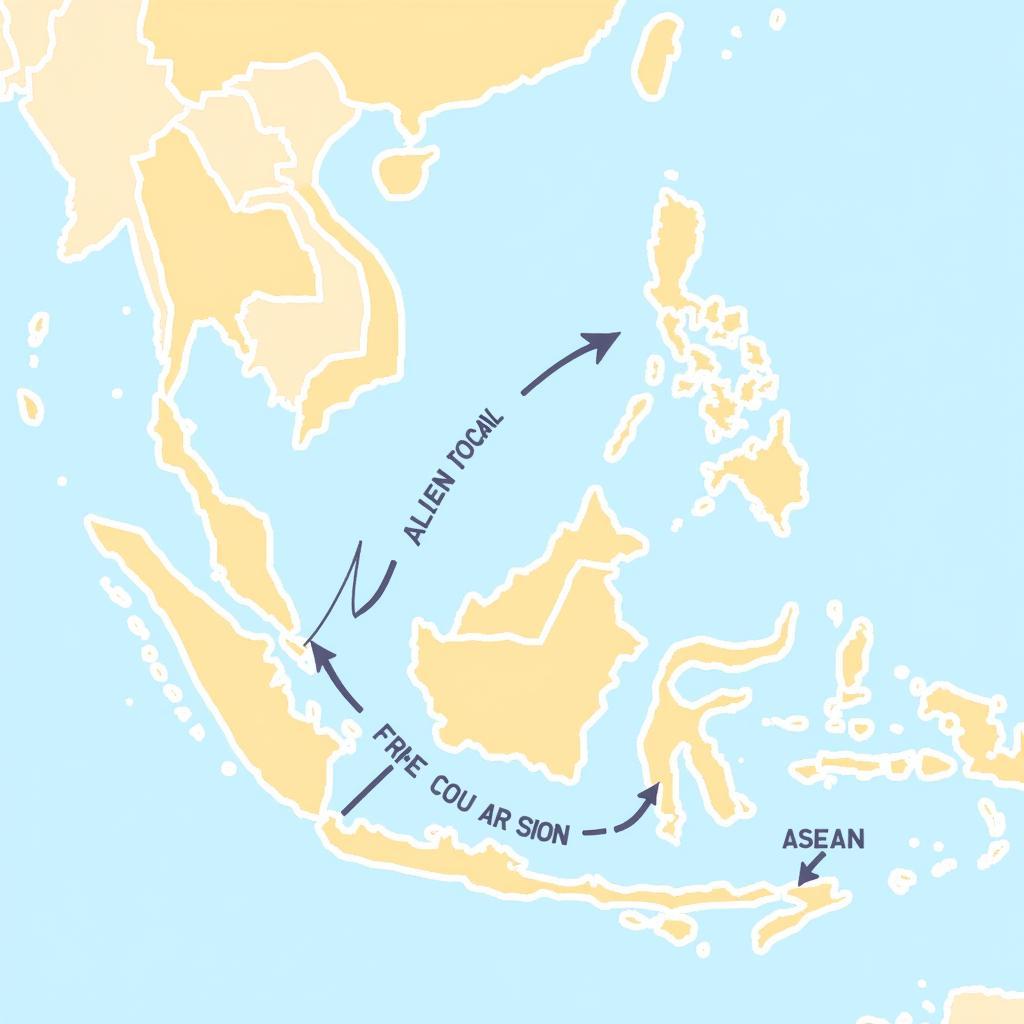Arrhythmia, a condition characterized by irregular heartbeats, poses a significant health concern in Southeast Asia. This article delves into the complexities of arrhythmia in the ASEAN region, exploring its prevalence, causes, diagnosis, and treatment options.
What is Arrhythmia?
Arrhythmia, sometimes referred to as cardiac dysrhythmia, isn’t a single disease but rather a group of conditions affecting the heart’s rhythm. It can manifest as a heart rate that’s too slow (bradycardia), too fast (tachycardia), or simply irregular. While some arrhythmias are harmless, others can be life-threatening, disrupting the heart’s ability to pump blood effectively. This can lead to serious complications such as stroke, heart failure, and even sudden cardiac arrest. Understanding the different types of arrhythmia is crucial for effective management.
Causes and Risk Factors of Arrhythmia in ASEAN
Several factors contribute to the development of arrhythmia in the ASEAN population. These include genetic predisposition, lifestyle choices, and underlying health conditions. The prevalence of certain heart diseases like coronary artery disease and rheumatic heart disease in the region increases the risk of arrhythmia. Furthermore, lifestyle factors such as smoking, excessive alcohol consumption, and a lack of physical activity can also play a role.
Dietary Habits and Arrhythmia Risk in the Region
Dietary habits within Southeast Asia can also influence arrhythmia risk. High sodium intake, common in many traditional diets, can contribute to high blood pressure, a known risk factor for arrhythmia. Conversely, diets rich in fruits, vegetables, and omega-3 fatty acids have been shown to have a protective effect.
Diagnosing Arrhythmia in Southeast Asia
Diagnosing arrhythmia involves various tests, including electrocardiograms (ECGs), Holter monitors, and echocardiograms. Access to these diagnostic tools can vary across the ASEAN region, and improving healthcare infrastructure is crucial for early detection and management of arrhythmia.
Access to Healthcare and Early Diagnosis
Early diagnosis is key to preventing serious complications from arrhythmia. While access to specialized cardiac care is improving in many ASEAN countries, challenges remain, particularly in rural areas. Telemedicine and mobile health technologies offer potential solutions to bridge this gap and improve access to timely diagnosis and treatment.
Treatment Options for Arrhythmia
Treatment for arrhythmia depends on the specific type and severity of the condition. Options include medications, lifestyle changes, catheter ablation, pacemakers, and implantable cardioverter-defibrillators (ICDs).
Innovations in Arrhythmia Treatment within ASEAN
ASEAN countries are increasingly adopting innovative treatment strategies for arrhythmia. Minimally invasive procedures like catheter ablation are becoming more widely available, offering patients less invasive treatment options with shorter recovery times.
 Innovative Arrhythmia Treatment in Southeast Asia
Innovative Arrhythmia Treatment in Southeast Asia
Conclusion
Arrhythmia in Southeast Asia is a complex issue with varying prevalence, causes, and treatment options. Increased awareness, improved access to healthcare, and advancements in medical technology are vital for effective management of this condition. By focusing on prevention, early diagnosis, and comprehensive treatment strategies, we can improve outcomes for individuals with arrhythmia across the ASEAN region.
FAQ
- What are the common symptoms of arrhythmia?
- What is the difference between atrial fibrillation and ventricular fibrillation?
- How can I prevent arrhythmia?
- What are the long-term complications of untreated arrhythmia?
- What should I do if I experience symptoms of arrhythmia?
- What are the latest advancements in arrhythmia treatment in Southeast Asia?
- Where can I find reliable information about arrhythmia and heart health in ASEAN?
If you need support, please contact us at Phone Number: 0369020373, Email: [email protected] Or visit us at: Ngoc Lien Village, Hiep Hoa, Bac Giang, Vietnam. We have a 24/7 customer service team.


